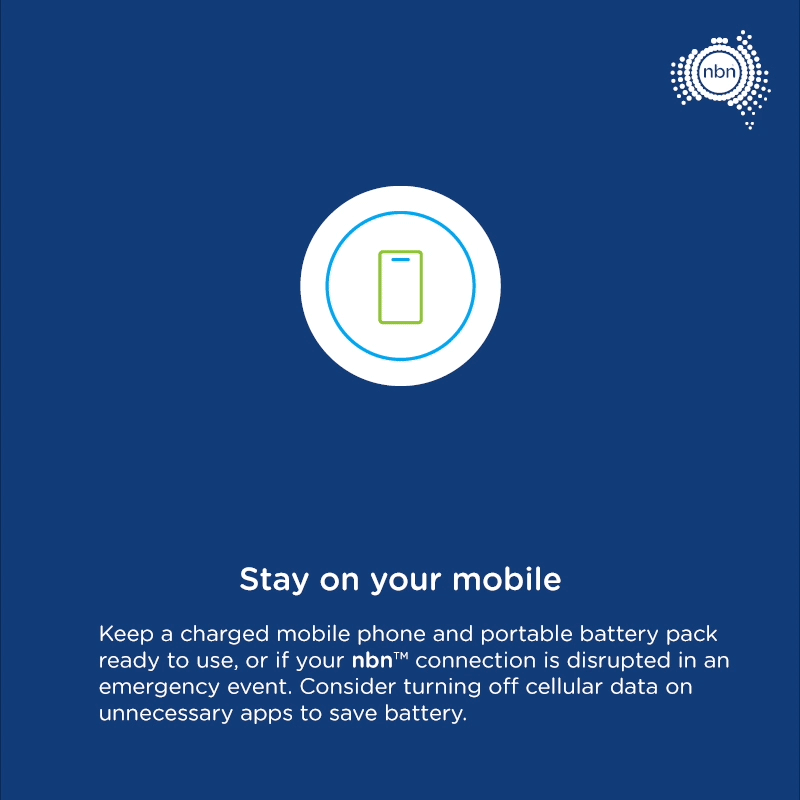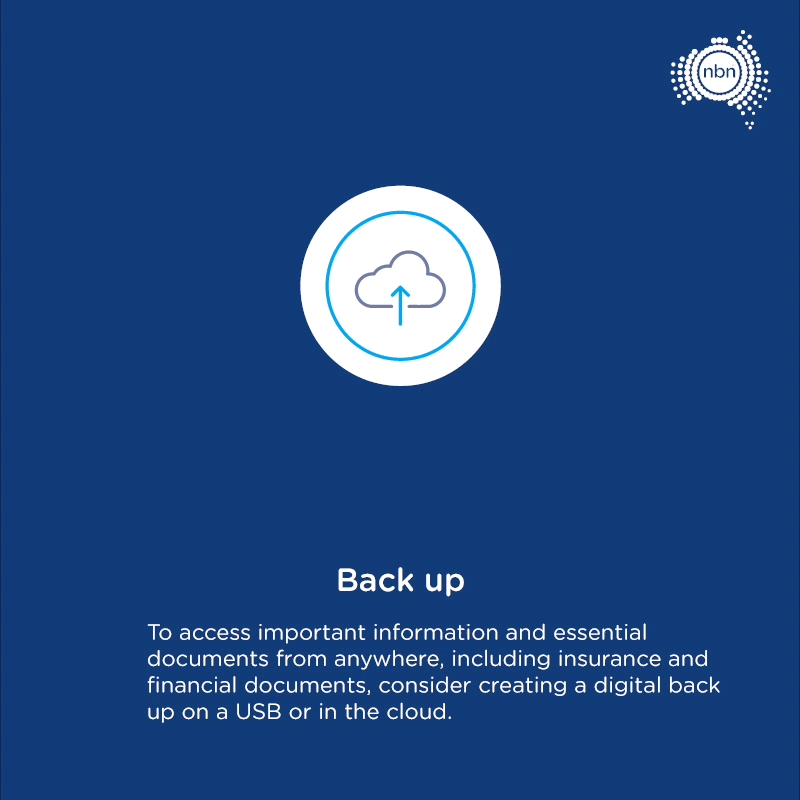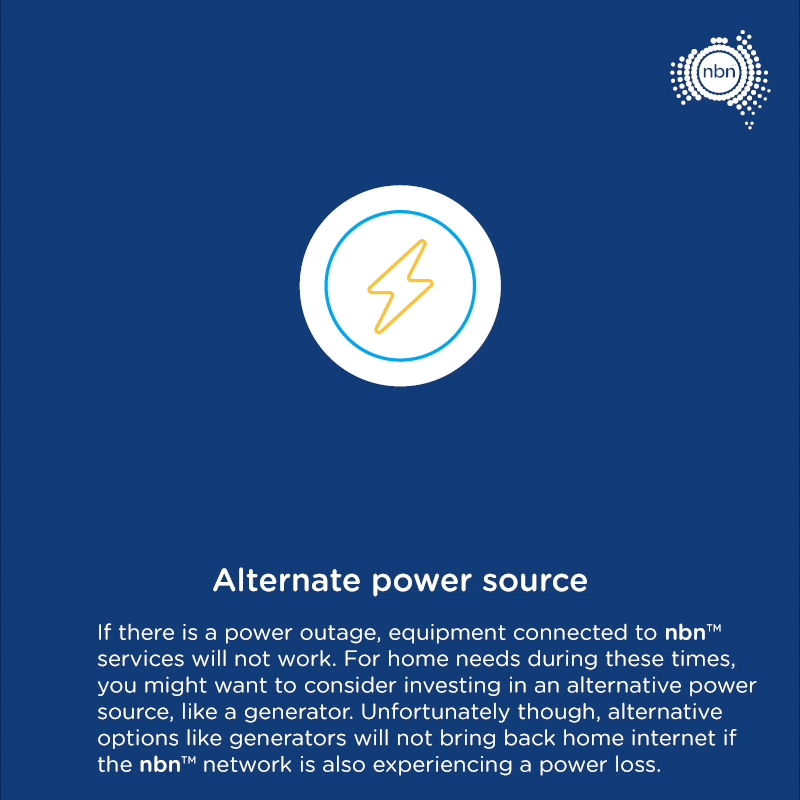Keeping a finger on the nbn™ network pulse
nbn’s Network Management Centre (NMC) is the beating heart of Australia’s digital backbone.
Located in Melbourne, it’s from here that a dedicated team of specialists monitor the health of the nbn™ network – 24 hours a day, seven days a week.
If there’s a service disruption and customers are disconnected from the nbn™ network, the team will know about it in real-time, investigate further and act accordingly to help get things back on track.
Characterised by huge wall-mounted screens displaying a wealth of data ranging from TV news feeds to satellite weather imagery, network technology maps and real-time status updates, NMC Duty Manager David Blott likens his work environment to NASA’s Mission Control.
“It’s like a pictorial representation of the nbn™ network at that particular time. There’s a lot going on.
“It indicates the current status of our network and alerts us quickly to new issues as they arise.”
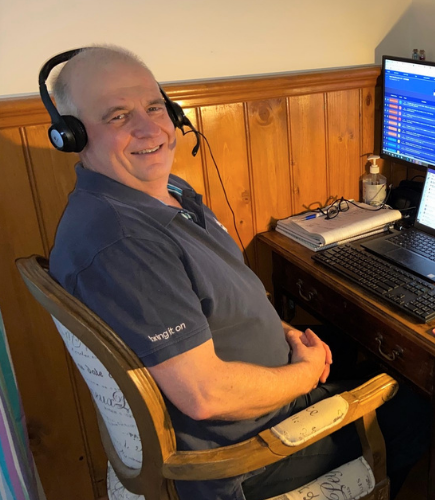

Responding to natural disaster
The NMC’s role in monitoring the status of the nbn™ network around the clock makes it a vitally important part of nbn’s response to the impact of natural disasters.
Events ranging from the 2019/2020 bushfires, which ravaged the eastern seaboard, to severe storms that left a trail of destruction through Melbourne’s Dandenong Ranges, Tropical Cyclone Seroja in Western Australia, and the devastating New South Wales floods have ensured the NMC team has been in the thick of it over the past 24 months.
From managing the torrent of incoming emails and phone calls during an emergency, to briefing senior managers, and liaising with field staff and frontline emergency services, it’s an operating environment that David says can be highly challenging and demanding for all involved.
“You do have to have eyes in the back of your head.
“But, you’ve just got to stay focused and calm because people are looking to you to get the job done.”
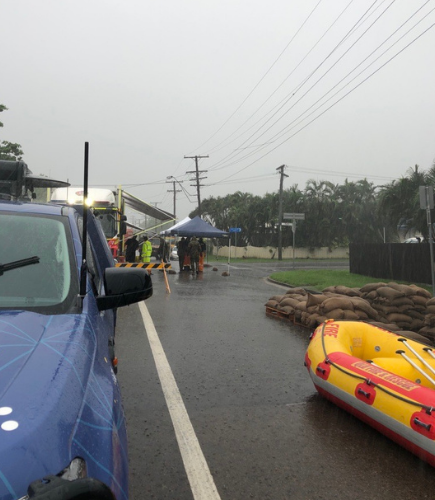
Despite largely having to work from home during the COVID-19 pandemic, the NMC team has still managed to perform its vital function effectively, connecting with fellow team members remotely.
“While working from home has been a little challenging, we actually haven’t missed a beat,” says David.

Collaboration is crucial
During a natural disaster, David and his colleagues manning the NMC work closely with nbn’s Emergency Management Team (EMT), which carries out detailed planning around being as prepared as possible to deal with the impact of events such as cyclones, bushfire, flood and storms on the nbn™ network.
The process also helps inform decisions, such as when and where to deploy any of nbn’s mobile Temporary Network Infrastructure (TNI) assets, designed to help restore customer services to disrupted parts of the nbn™ network.
“It’s all to do with trying to recover the nbn™ network as quickly as possible to restore services to our customers,” says David.
“We provide input into the EMT as to the current status of the network impact and assist with the deployment of resources when safe to do so.”
NMC team members typically work 12-hour rotating shifts covering a 24-hour period.
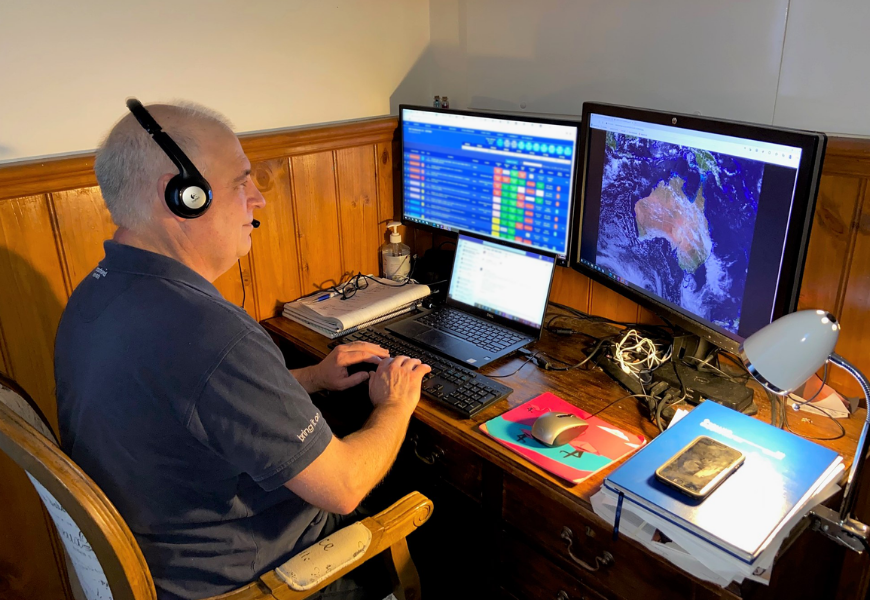
Each new shift begins with a handover huddle where operational updates are passed onto the fresh team on any network incidents and other developments from the preceding shift, ensuring continuity is maintained.
In the event of a major emergency, one Duty Shift Manager such as David will closely work with the EMT, while a second continues to keep an eye on the rest of the nbn™ network and manage any issues.
No matter how much planning and preparedness is involved, David says you never know what to expect.
“We work in the grey. You never know what kind of a day or night you’re going to have.”

Tips to staying connected in an emergency
An emergency communications kit can help you to stay connected in a power outage, or if there is a disruption to services over the nbn™ network.
Any equipment connected to services over the nbn™ network will not work during a power outage.
